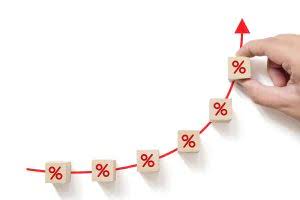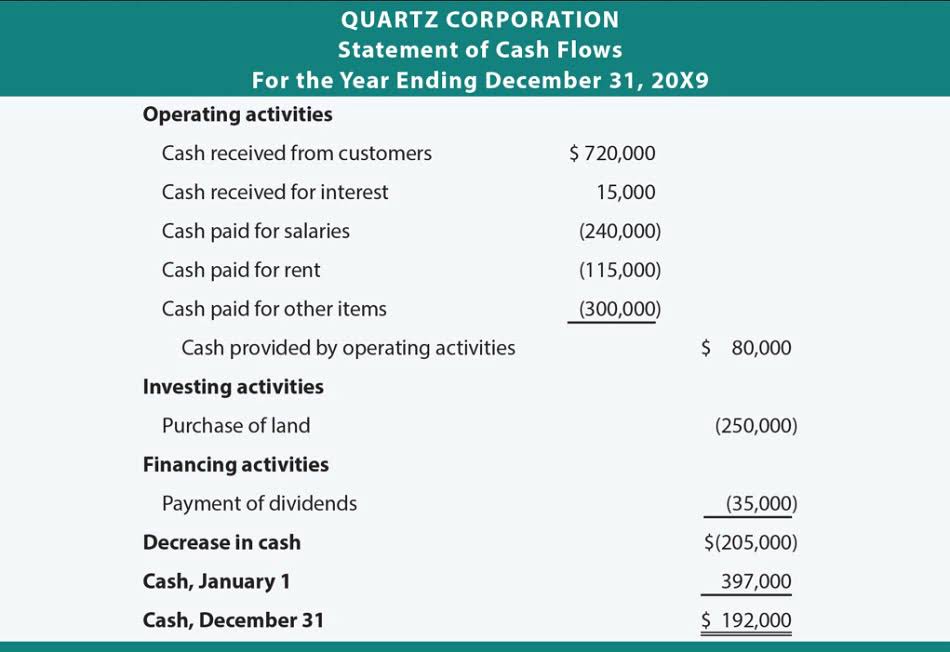Bilərsiniz Mostbet Arşivleri
September 17, 2021Vulkan Vegas Promo Code Januar 2022
October 4, 2021Content
- Making Sense of Mark to Market
- What is Mark-to-Market Accounting?
- Mark-to-Market (MTM) Losses: Definition and Example
- Can Mark-to-Market Accounting Be Used on All Types of Assets?
- Market Value vs. Historical Cost Accounting
- Applying the Lessons of Enron’s Mark-to-Market Accounting Scandal Today
- Marking to Market (Financial Derivatives)

If the company were to report $1,000,000 as the purchase price value or historical value, it would not properly reflect the company’s asset value or financial position. For example, companies that are traded publicly are required to publish their financial statements on a regular basis. For the company to properly evaluate the true value of its accounts receivable, it will perform an accounting operation to determine its “realizable” value.
Eric is a duly licensed Independent Insurance Broker licensed in Life, Health, Property, and Casualty insurance. He has worked more than 13 years in both public and private accounting jobs and more than four years licensed as an insurance producer. His background in tax accounting mark to market accounting has served as a solid base supporting his current book of business. Pay/collect refers to the payment or collection of funds related to futures positions that have been marked to market. Goodwill is an intangible asset recorded when one company acquires another.
Making Sense of Mark to Market
In the United States, where you live can heavily affect how much of your annual salary goes to state coffers. That’s why knowing and understanding the tax burden by state is… These calculations don’t have to be done manually if you use accounting software. Conversely, the same account will be adjusted for the long position trader with the inverse results.

Compare this to the company’s latest income statement, where Tesla recorded a total Net Income of $5.5 billion. In 2005, the SEC required all SEC regulated public companies to disclose their most significant risk factors in every 10-K. Today, there are eight stock market exchanges regulated by the SEC, including the biggest in the U.S. such as the NYSE, NASDAQ, and American Stock Exchange. The change in short term liabilities from 1999 to 2000 from these activities was $8.66 billion. That’s for a company who earned an average of $803 million over the last 3 years, and so it was not pocket change. Typical assets that stay at cost are long term assets like investments or securities; typical assets that are depreciated include tangible long term assets like property, plant and equipment. Companies today which have disclosed the use of mark-to-market accounting include Tesla, and many of the big banks such as JPMorgan Chase and Bank of America.
What is Mark-to-Market Accounting?
Since some assets can see changes in value, mark-to-market accounting tries to estimate these changes. Sometimes these changes in value can be more straightforward, like stocks and bonds, while others are more open to interpretation—such as estimating value from future cash flows. Mark to Market or MTM is an accounting method that helps in measuring the fair or reasonable value of assets. We primarily use this approach for assets that see constant fluctuations in their price. The primary objective of using MTM is to get a realistic estimate of the assets’ worth. Or, we can say, it […] The post Mark to Market – Meaning, Example, Uses and More appeared first on eFinanceManagement. ● Mark to Market accounting and valuation could create a problem where one does not and never will exist.
Can You Mark Assets to Market?
It’s possible to use mark to market principles when making trades. If you’re trading futures contracts, for instance, mark-to-market adjustments are made to your cash balance daily, based on the settlement price of the securities you hold.
The following guide focuses on how marking to market benefits retail and institutional derivatives traders. We’ll examine how it works and how it affects the value of assets. According to proponents, one of FAS 115’s major benefits is that bank capital will now reflect interest rate risk as well as credit risk.
Mark-to-Market (MTM) Losses: Definition and Example
That said, mark-to-market accounting is still widely used today in different industries and different financial instruments. Maybe it still wouldn’t have prevented Enron from duping investors, but it might’ve saved some of the more astute and prudent investors who didn’t notice the mark-to-market accounting taking place on those major Enron assets/liabilities. They changed with the changes in valuation, which was based on management’s best estimate. Again, this is problematic not because of its nature per se, but because of how big these financial instruments were relative to the rest of the company’s financials. For example, a real estate property may have a historical value of $100,000 but may be worth $1,000,000 (by marking the value to market, the books will show $1,000,000 today as opposed to $100,000).
In accounting, marked to market refers to recording the value of an asset on the balance sheet at its current market value instead of its historical cost. Mark to market is an accounting method that values assets based on the current market conditions. Profit and Loss (P&L) is the financial statement that summarizes the revenues and expenses during a specific period. Investors and analysts are among the users of accounting information in the P&L statement. Another benefit of the mark-to-market accounting treatment is that it prevents banks from overextending loans.
Can Mark-to-Market Accounting Be Used on All Types of Assets?
For example, it’s untrue that most bank assets are marked to market—in 2008 just a third were. Nor is it true that under historical cost accounting, companies don’t have to acknowledge changes in market value; they’re required to record permanent impairments to assets. Traders who focus on futures and future options should be aware of the 1256 tax treatment in mark-to-market accounting. Namely, the Section 1256 contract is an investment defined by the Internal Revenue Code as a regulated futures contract, foreign currency contract, non-equity option, dealer, dealer securities futures contract, or equity option. These contracts must be marked to market if kept until the end of the tax year. They are treated as if they were sold for a price that aligns with the fair market value.
Do we still use mark to market accounting?
Mark-to-market accounting is prevalent, for instance, in the financial services industry, where assets like currency and securities are the backbone of the business.
